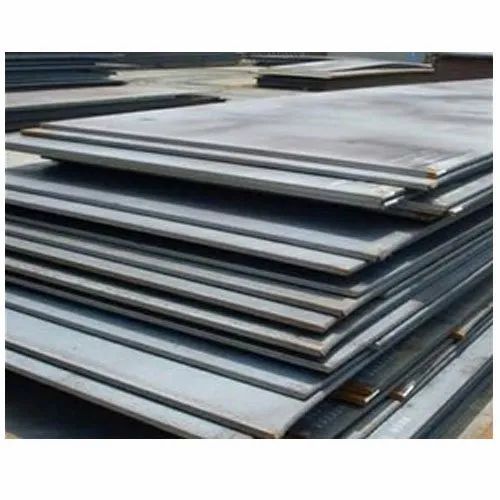A Brinell Hardness Number (BHN) of 500 for plates indicates high levels of hardness and resistance to wear and abrasion. The Brinell Hardness Number (BHN) measures how well a material resists being dented or scratched by a harder-surfaced object. A Brinell Hardness Number (BHN) of 500 indicates that the plate is extremely hard and can endure substantial wear, impact, or abrasion.
"BHN" stands for Brinell hardness number. In this context, the Brinell hardness value of 500 BHN plates is discussed. The Brinell hardness test involves indenting the sample with a ball of known diameter and force to measure the hardness of the material. Brinell hardness is calculated by measuring the diameter of the resulting indentation and multiplying it by the load applied to form the indentation's surface area. As the Brinell Hardness Number (BHN) of a material increases, so does its resistance to indentation and abrasion. Plates with a hardness of 500 BHN can withstand severe wear and tear from heavy use as well as harsh conditions. These plates are commonly utilized in industries that expose equipment and structures to abrasive materials, high impacts, and sliding wear, such as mining, construction, quarrying, cement manufacturing, and material handling.
A Brinell Hardness Number (BHN) of 500 for plates indicates high levels of hardness and resistance to wear and abrasion. The Brinell Hardness Number (BHN) measures how well a material resists being dented or scratched by a harder-surfaced object. A Brinell Hardness Number (BHN) of 500 indicates that the plate is extremely hard and can endure substantial wear, impact, or abrasion.
- Plates with a hardness of 500 BHN can withstand severe wear and tear from heavy use as well as harsh conditions. These plates are commonly utilized in industries that expose equipment and structures to abrasive materials, high impacts, and sliding wear, such as mining, construction, quarrying, cement manufacturing, and material handling.
- Because of their great hardness, 500 BHN Steel Plates are less prone to dent, gouge, or deform when subjected to pressure or in contact with abrasive substances. The plates can withstand extreme conditions for a longer amount of time before needing to be replaced or repaired, resulting in longer service life and lower maintenance costs.
- Plates with a hardness of 500 BHN provide high impact resistance and extend the life of their supporting components or structures. Chutes, liners, crusher components, cutting edges, and wear plates can all benefit from their high impact resistance.
- Overall, 500 BHN is notable in plate hardness because it provides superior wear resistance, durability, and abrasive force protection, making it an excellent choice for high-wear situations and applications.
read more on wikipedia - https://en.wikipedia.org/wiki/Abrasion_resistant_steel





Comments